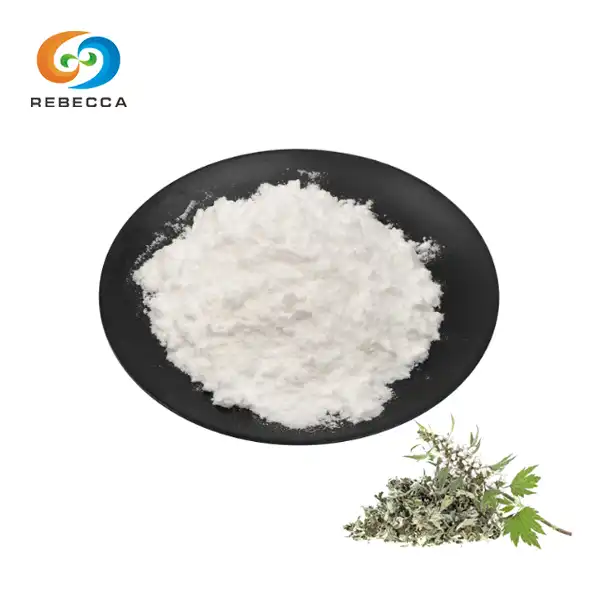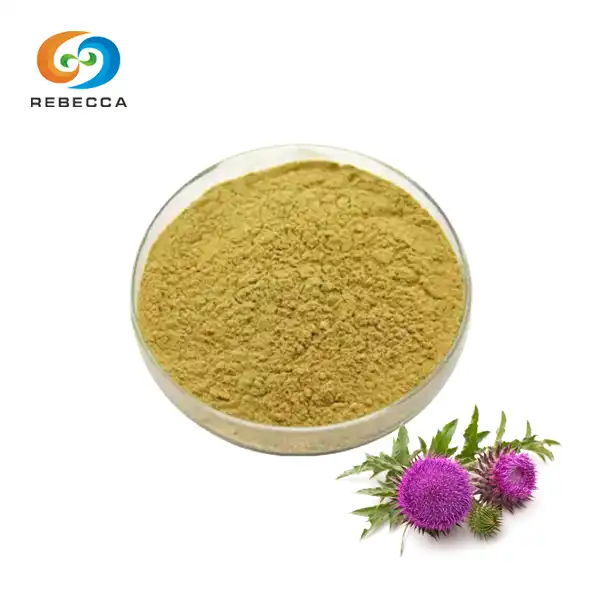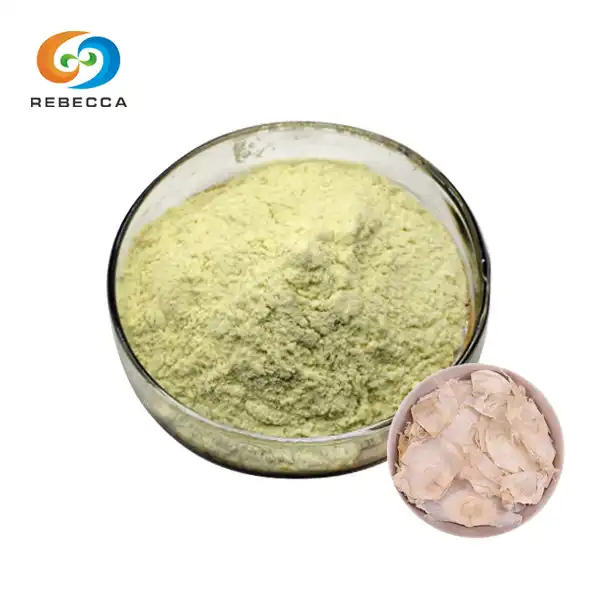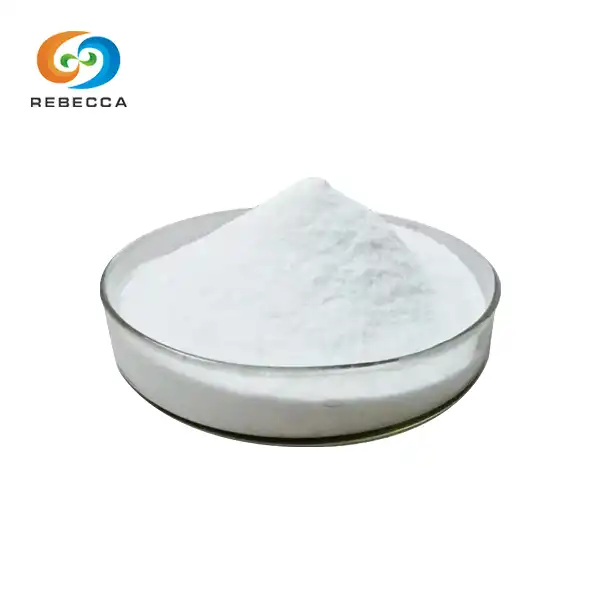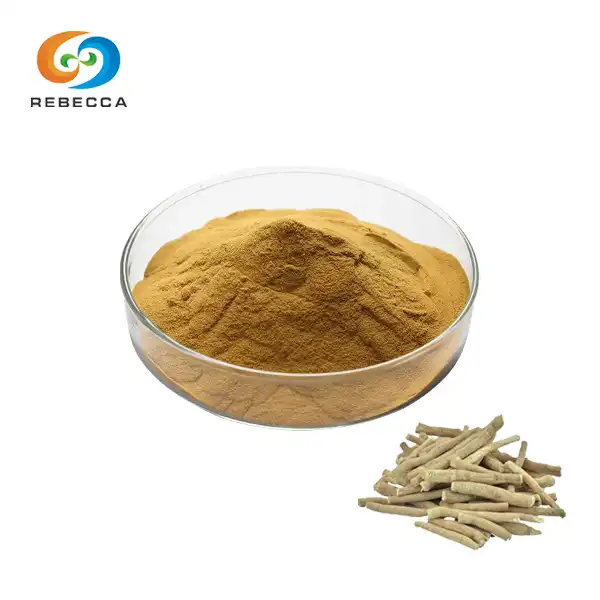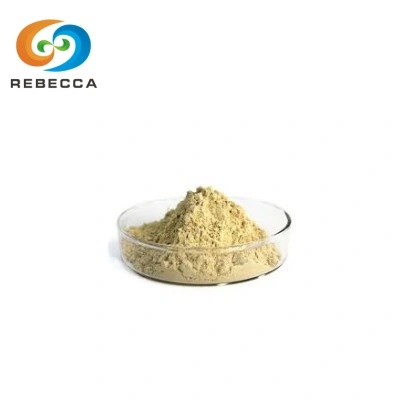Is tomato extract the same as tomato paste?
Walk into any kitchen pantry or supplement aisle, and you'll likely encounter two tomato-derived products: tomato extractand tomato paste. At first glance, their rich red hue might suggest similarity, but these items serve entirely distinct purposes, rooted in vastly different production methods, chemical compositions, and intended uses.

Difference: Production Processes
The divide between tomato extract and tomato paste begins with how they are made. Tomato paste is a culinary staple crafted through mechanical concentration and heat treatment, designed to amplify tomato flavor while extending shelf life. The process starts with ripe tomatoes, which are washed, crushed, and preheated to 85–100°C to deactivate enzymes and soften pulp. The mixture is then strained to remove skins and seeds before being slowly cooked to evaporate water. This evaporation is carefully monitored using °Brix measurements, a unit of soluble solids, with commercial tomato paste typically ranging from 24° to 36°Brix. Standard varieties hover around 28–30°Brix, while "triple-concentrated" options reach 36–40°Brix for intense flavor.
Tomato extract, by contrast, is a purified functional ingredient produced through sophisticated extraction techniques to isolate specific bioactive compounds. Industrial methods include solvent extraction (using food-grade ethyl acetate or hexane) or supercritical CO₂ extraction, which avoids chemical residues. The process begins with tomato pulp, which is separated from serum and subjected to low-temperature extraction to preserve heat-sensitive nutrients like lycopene. After extraction, the solution undergoes vacuum concentration, crystallization, and drying to create a powder or oil-rich concentrate, resulting in a product nearly devoid of the fiber and water that define tomato paste.

Breaking Down the Composition
Nutritionally and chemically, these two products exist on opposite ends of the concentration spectrum. Tomato paste retains the holistic profile of ripe tomatoes, albeit in condensed form. A 100-gram serving contains approximately 106 calories, 6.1 grams of dietary fiber, 12.1 grams of natural sugars, and significant amounts of potassium (1014 mg) and vitamin C (21.9 mg). Its most notable nutrient is lycopene, with 66 grams (1/4 cup) delivering 18,984 mcg, far more than fresh tomatoes, thanks to heat-induced changes that improve bioavailability.
Tomato extract, however, is engineered for potency of specific compounds rather than nutritional breadth. Pharmacopeial standards require it to contain 4.7–12.0% lycopene by weight, along with minimum levels of phytoene, phytofluene, and tocopherols. This translates to 47,000–120,000 mcg of lycopene per 100 grams, up to six times more than tomato paste. Unlike paste, extract contains negligible fiber (often less than 0.5%) and minimal water (≤0.8%), as these components are removed during purification. Some extracts, like yellow tomato varieties, prioritize phytoene and phytofluene over lycopene, targeting cosmetic applications like UV protection.
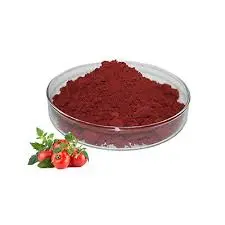
Practical Uses: From Stovetops to Supplements
Their compositional differences directly dictate how these products are used. Tomato paste is a workhorse in cooking, valued for its ability to add depth, acidity, and color to dishes. It forms the base of marinara sauces, enriches stews and curries, and even acts as a natural thickener for soups. Its versatility stems from balanced flavor, sweet, tangy, and umami, derived from its retained tomato matrix. In commercial food production, it's a key ingredient in ketchup, pizza sauce, and canned pasta products.
Tomato extract, by contrast, rarely appears in home cooking. Its primary applications are in supplements and cosmetics, where its high lycopene content drives functionality. Research published in the Journal of Biomedical Science confirms lycopene's role as a potent antioxidant, with an IC₅₀ value of 112 µg/mL for free radical scavenging, comparable to vitamin C . Supplement manufacturers use it to support heart health and cellular protection, while cosmetic brands incorporate it for anti-aging and skin-brightening effects, leveraging phytoene and phytofluene's UV-absorbing properties. European regulators have approved yellow tomato extract as a novel food for adult supplements, with a safe daily dose of 100 mg.
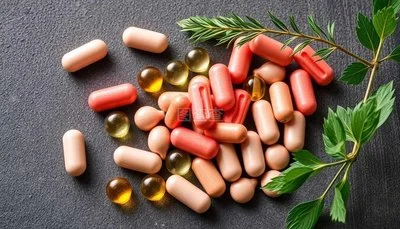
Regulatory Standards
Global food safety authorities explicitly distinguish between tomato extract and tomato paste through labeling and composition rules. The FAO’s Codex Standard for Processed Tomatoes requires tomato paste to contain at least 7% natural soluble solids (excluding added salt) and a pH below 4.6. In Ghana, the FDA further clarifies that tomato paste may include salt but no starch or fiber additives, unlike "tomato mix," which combines paste with other ingredients.
Tomato lycopene extract falls under stricter regulations for dietary supplements and food additives. The USP-NF (United States Pharmacopeia-National Formulary) specifies that tomato extract must meet precise carotenoid profiles, including minimum levels of lycopene and tocopherols, and pass solubility tests to ensure purity. In the EU, novel tomato lycopene extracts undergo rigorous safety assessments by the EFSA, which evaluates factors like daily intake limits and potential allergenicity. These standards reflect the product's role as a concentrated functional ingredient rather than a food staple.

Common Misconceptions Debunked
One persistent myth is that tomato extract can substitute for tomato paste in recipes (or vice versa). This confusion likely stems from their shared tomato origin, but the results are disappointing at best. Using extract in cooking leads to an overpowering concentration of lycopene and a lack of texture, disrupting the balance of sauces or stews. Conversely, relying on tomato paste for supplemental lycopene would require consuming unrealistic amounts: to match the lycopene in 1 gram of standard extract (≈500 mcg), you'd need nearly 30 grams of tomato paste, along with excess fiber and calories.
Another myth is assuming "tomato concentrate" is a universal term. While tomato paste is technically a concentrate, the reverse is not true. Tomato extract is a type of concentrate, but one focused on bioactive compounds rather than flavor. Labels often clarify this: look for "tomato paste" for culinary use or "tomato extract (lycopene)" for supplements.
Tomato extract and tomato paste share a common ancestor, the ripe tomato, but diverge dramatically in every other aspect. Tomato paste is a culinary concentrate, crafted to enhance dishes with balanced flavor and nutrients. Tomato lycopene extract is a purified functional ingredient, engineered for high levels of bioactive compounds like lycopene. Their production methods, compositions, and uses are distinct, reinforced by global regulatory standards and nutritional science.

Tomato Extract For Sale
Tomato extract, known scientifically as Lycopersicon esculentum (CAS No. 502-65-8), is a high-purity dark red powder derived from the fruit. With a molecular formula of C40H56 and a molecular weight of 536.88, its active ingredient is lycopene, available in specifications ranging from 5% to 98%. Tested using HPLC and finely ground to an 80 mesh size, our tomato lycopene extract stands out for its consistent quality and purity.
While tomato paste is commonly found in grocery stores, sourcing high-quality tomato lycopene extract can be more challenging, especially for commercial or research applications. Rebecca has pioneered the world's first large-scale biological production, directly supplying premium tomato lycopene extract for the food industry, cosmetics manufacturing, and scientific research. For more details or to place an order, please contact us at information@sxrebecca.com. Our expert team is available to provide comprehensive information about our production processes, quality control, and the benefits of our lycopene extract for your specific needs.
References
Stellinamarfa. (2022). What Is Tomato Extract?
Delighted Cooking. (2024). What is Tomato Paste?
Food and Agriculture Organization of the United Nations. (2025). STANDARD FOR PROCESSED TOMATO.
Red Tomato Foods. (n.d.). How is Tomato Paste Concentration Calculated and What is the Average Concentration?
Kangyuan Herb. (2025). Behind the Potency: Advanced Production and Quality Control for Tomato Extract Lycopene Powder.
